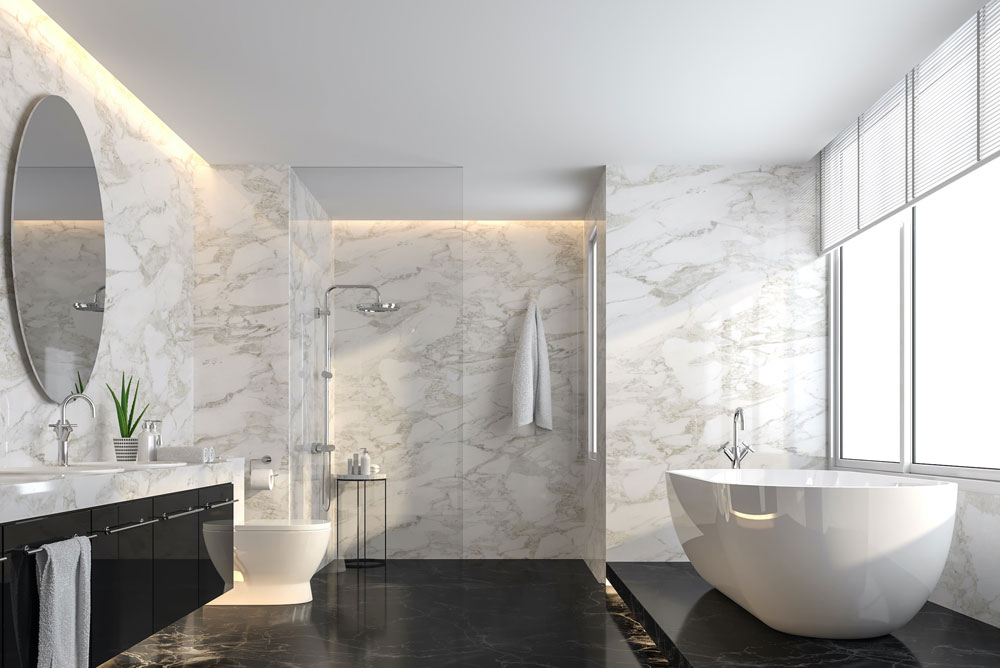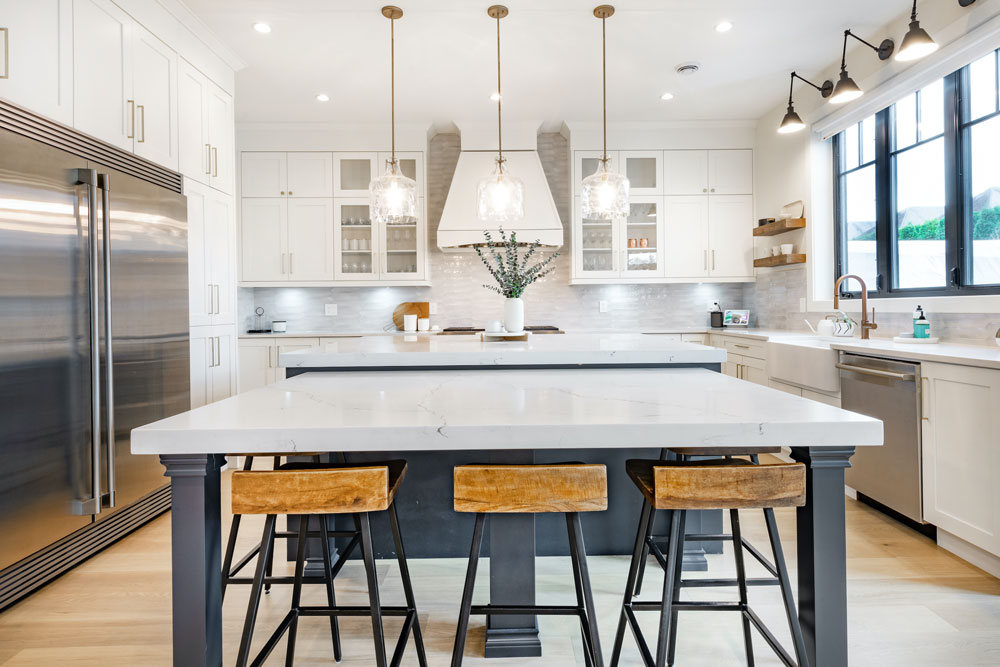
Poor air quality in your home is both unpleasant to live with and potentially harmful to your health. Inadequate ventilation can cause headaches and fatigue through a lack of airflow, while high levels of particles or pollution can inflame allergies and cause breathing problems.
Improving your home’s ventilation can be done in many ways, from upgrading ductwork to installing attic vents. However, one of the best air quality investments you can make is to install a home air purifier. There are many types and models available, and here’s what to consider when making your choice.
High-quality filters are an essential part of an effective air purifier, removing the microscopic particles of pollution that can cause so much trouble. There are several kinds of filters available, but the three most common and effective ones are:
Your choice of filter depends on the types of impurities you’re most concerned about. For the best protection, look for a purifier that contains multiple types.
However, you don’t necessarily need to examine the technical details of a particular model’s filters. Many units are built to target specific areas of air quality, making it easier to buy a model that will meet your needs. Common options include:
If you want to keep a close check on the quality of your home’s air, choose a unit with a built-in indicator displaying air quality levels in real-time. If the air quality is good, you can turn the unit down to save energy, while increasing the purification level on days when pollution is heavier.
Do you want to purify a small space such as a bathroom, a larger room, or even your whole home? Air purifiers are available in a range of sizes, with small portable ones treating rooms of around 25-30 square metres, medium-to-large ones for rooms of up to 150-175 square metres, and whole-home models that are usually built into an integrated ventilation system.
It’s important to choose the right size and power of purifier for your needs. Choosing an underpowered unit won’t provide the air quality benefits you’re looking for, while an overpowered unit will cost more than it should to buy and run. Choosing a top-quality unit is essential, and surprisingly affordable when you finance the upgrade with monthly payments.
As well as the maximum room size, an air purifier’s effectiveness can also be measured by a rating known as CADR. Essentially, this figure shows how quickly a model can remove particles from the air, with a higher number meaning faster purification. You may see a single CADR figure in a purifier’s specifications, or separate ratings for pollen, smoke, and so on.
As a general rule, the larger the room, the higher the CADR figure should be, with around 200-400 being a sensible target for typical room sizes.
Many people choose to put an air purifier in their bedroom to provide a healthy overnight atmosphere. However, some units can be noisy in regular operation, especially the higher-powered models. Check the product specifications for a typical decibel level to get an idea of how noisy a model might be in comparison to others with similar power ratings.
Lastly, look for an air purifier with a high energy-efficiency rating to minimize the impact on your electricity bill. Although larger devices will almost always use more power than smaller ones, there’s also a wide range of efficiency ratings available within each section of the market.
Also, you might want to choose a model with an eco-friendly mode, which automatically stops purification when air quality is high, helping to keep energy use as low as possible.
Whether you need a small air purifier for a single room or a more powerful model as part of a ventilation upgrade, our home improvement experts can help you plan the perfect project. Use our free renovation calculator to see what you could achieve within your budget, connect with our network of local, trusted, recommended HVAC contractors, or ask about our range of financing options to make a high-end renovation more easily affordable. Our team of experts is here to help you with every step of the way for your ventilation upgrade.

Any major home renovation will be a costly exercise, but the expense can quickly spiral out of control if the project isn't carefully planned and competently carried out. The first step toward achieving home renovation success is to avoid these seven common planning mistakes that can greatly increase the cost and hassle of any project,…

A bathroom renovation can make a huge difference in your home, but it can also be an expensive home improvement project to take on if you’re not careful. Because of the potentially high cost, many people delay upgrading their bathroom and miss out on all the extra comforts and convenience that a remodel can provide.…

If you're planning a kitchen renovation, there are countless design ideas available online to use as inspiration. Using a pre-existing design is a great way to save money on your kitchen renovation. However, your kitchen should be an expression of your tastes and personality, so relying too much on someone else's ideas can lead to…